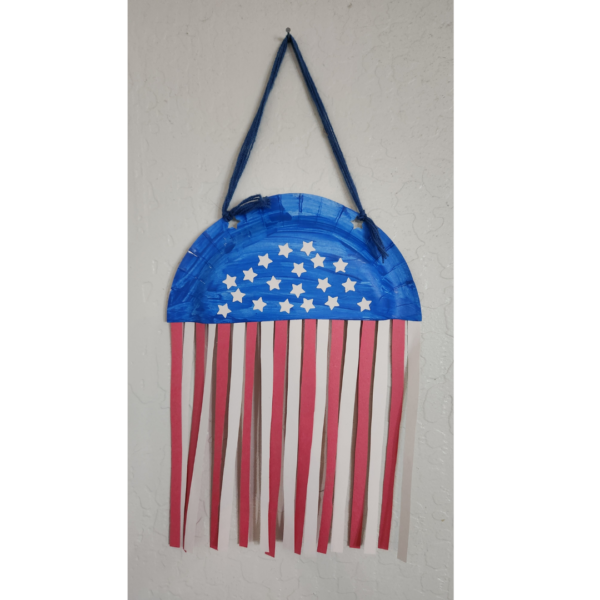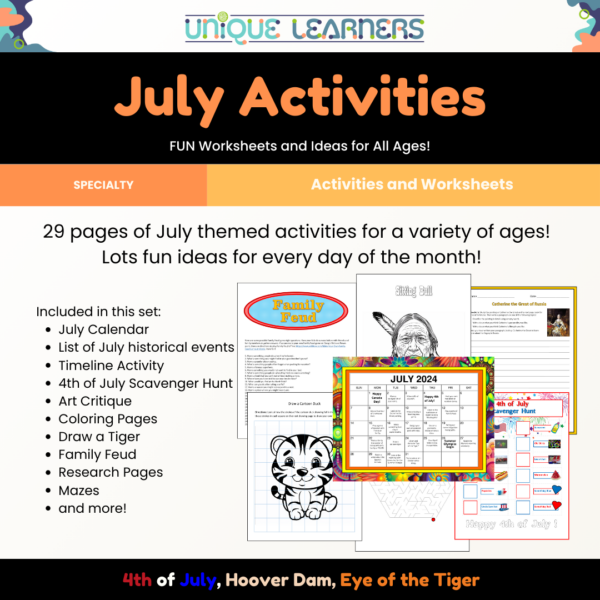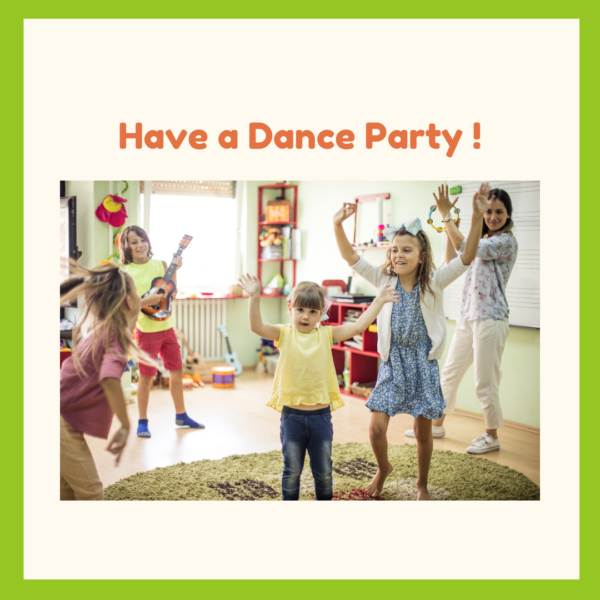July typically centers around Independence Day. The 4th of July isn’t just about fireworks and barbecues. It’s a golden opportunity to weave some educational magic into your homeschooling schedule. July 4th activities can be filled with exciting learning around the Declaration of Independence, the American Revolution, and so many other treasured stories and lessons from American history. But then what? There is a whole lot of July left to fill in with more hands-on learning. You are going to love the July 4th Activities ideas in this blog post and the July Calendar Activities Pack to help you make July into an unforgettable, homeschool adventure right from the comfort of your own home.

Hands-on History July 4th Activities
Dive into the fascinating tales of America’s Founding Fathers and the American Revolution! Great books are the American Revolution Series, Johnny Tremain, Spies in the American Revolution, or George vs. George.
Think about setting up a backyard picnic where your children can sample colonial-era recipes they helped prepare. You’ll find a bunch of recipes here at the Mt. Vernon website!

Have your teens dress up in cosplay costumes to recreate the Boston Tea Party or another American Revolution event. Be sure they video their play!
Have younger kids create a July 4th parade of the symbols of America using wagons and their stuffed animals. They can create accessories or float decorations from construction paper, crepe paper streamers, fabric, or whatever else you have on hand.
Simulating Fireworks with Science Experiments for Fun July 4th Activities
What better way to celebrate Independence Day than by creating your own fireworks display? This July 4th, take your homeschooling to new heights with a science experiment that simulates the dazzling explosions of colors in the night sky. Not only will this activity captivate your children’s attention, but it will also teach them about the chemical reactions and physics behind fireworks.
For younger kids, start by gathering the necessary materials, such as baking soda, vinegar, food coloring, and small containers. In each container, mix a small amount of baking soda with a few drops of food coloring. Then, pour vinegar into each container and watch as the mixture fizzes and bubbles. The reaction between the baking soda (sodium bicarbonate) and vinegar (acetic acid) produces carbon dioxide gas, which creates the fizzing effect.
To make it more visually appealing, you can add different colors of food coloring to each container. Encourage your children to observe how the colors mix and blend together just like in a real fireworks display. This experiment not only demonstrates basic chemistry principles but also sparks their imagination as they witness vibrant explosions right before their eyes.

For teens, you will need a bit more sophisticated materials, such as potassium chlorate, charcoal, potassium nitrate, and others. Here are three recipes you can do with teens to make sparklers, glow snakes, and smoke bombs. As always, when working with chemicals, wear safety goggles and follow directions. You can find the recipes for the home-made fireworks here.
As an extension activity, you can discuss with your children the history of fireworks and their significance in celebrating Independence Day. Talk about how fireworks have been used for centuries to commemorate special events and how they became an integral part of July 4th activities and celebrations in America.
Artistic Expression: Crafting Red, White, and Blue Masterpieces
Unleash your children’s creativity this Independence Day by engaging them in July 4th activities and art projects that celebrate our nation’s colors: red, white, and blue. Whether it’s painting patriotic landscapes or designing homemade flags, these activities will not only enhance their artistic skills but also deepen their understanding of the symbolism behind the colors.

One idea is to create a collage using red, white, and blue materials. Gather magazines, construction paper, fabric scraps, and any other materials in these colors. Encourage your children to cut out shapes or images that represent their interpretation of Independence Day. They can arrange and glue these pieces onto a larger sheet of paper or cardboard to create a vibrant collage that showcases their creativity.
Another option is to paint a patriotic landscape using watercolors or acrylics. Provide your children with a canvas or watercolor paper and guide them in creating a scene that captures the essence of July 4th. They can paint fireworks bursting in the night sky, an American flag waving proudly, or a peaceful picnic scene with friends and family.

You will find more craft ideas in the July Calendar Activities Pack here. Plus, you will find so many more activities for important historical events throughout the month. Color, draw, create, research, read, plan, and enjoy a fun activity for every day of the month!
While they are engaged in these art projects, take the opportunity to discuss the symbolism behind the colors red, white, and blue. Talk about how red represents courage and valor, white symbolizes purity and innocence, and blue signifies perseverance and justice. This will not only deepen their appreciation for art but also foster a sense of patriotism.
Music and Movement: Celebrating with Rhythms and Dance
Add some rhythm to your homeschooling July 4th activities and celebration by incorporating music and movement activities into your day. Music has always played an important role in American culture, reflecting our history, traditions, and values.
Start by creating a playlist of patriotic songs that celebrate America’s independence. Include classics like “The Star-Spangled Banner,” “America the Beautiful,” “Yankee Doodle Dandy,” as well as contemporary songs that capture the spirit of freedom. Encourage your children to sing along or even perform their own renditions of these songs using musical instruments if available.
To get everyone moving, organize a mini dance party where you and your kids can learn and perform traditional American dances. Teach them the steps to the Virginia Reel, Square Dance, or even line dances like the Electric Slide. Not only will this activity get their bodies moving, but it will also expose them to different cultural traditions and foster a sense of community.

As you dance and sing together, take a moment to discuss the historical context of these songs and dances. Talk about how they have evolved over time and how they have been used to express patriotism and unity. This will deepen their understanding of American culture while keeping the celebration lively and engaging.
Virtual Tours: Discovering Historical Sites Online
While homeschooling in July, take advantage of technology to embark on virtual tours of significant historical sites related to Independence Day. With just a few clicks, you can transport your children to places like Independence Hall in Philadelphia or Mount Rushmore in South Dakota.
Start by researching virtual tours available online for various historical sites. Many museums, national parks, and landmarks offer interactive experiences that allow visitors to explore these places from the comfort of their own homes. Guide your children through these virtual tours, pointing out important historical facts along the way.
For example, as you virtually visit Independence Hall, discuss how it served as the birthplace of America’s independence when the Declaration of Independence was adopted there on July 4th, 1776. Talk about the significance of this event in shaping our nation’s history and values.
A quick guide to asking questions is to follow the 5Ws & H strategy: Who? What? When? Where? Why? and How? Be sure to get to the Why? and How? questions because those invoke higher level thinking.
Encourage your children to ask their own questions during these virtual tours and engage them in discussions about what they are seeing. For older students, have them write their questions down and use them as research topics for future writing activities. This will not only enhance their knowledge but also develop their critical thinking skills as they analyze historical information presented through digital media.
In conclusion,
Homeschooling during July can be both fun and educational with these creative July 4th activities. From simulating fireworks with science experiments to expressing artistic creativity through red, white, and blue masterpieces, your children will have a blast while learning about the significance of Independence Day. Incorporating music and movement into your celebration will add rhythm and energy to the day, while virtual tours of historical sites will transport your children to important landmarks without leaving home. So, get ready to make this July 4th a memorable homeschooling experience that combines fun, creativity, and learning.

